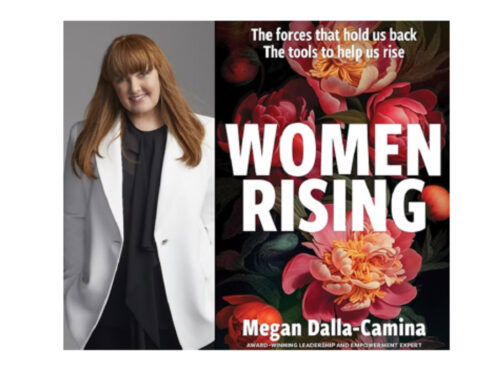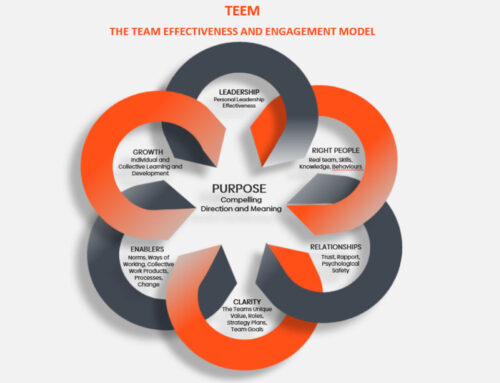
Being competitive in an increasingly knowledge based economy means working at an entrepreneurial level. You have to stand out. At the Executive Coaching International Conference, Justin Di Lollo, a public figure in the Australian government relations and public-affairs consulting industry as well as business director at WPP AUNZ, shared some tips for business executives for how to make social media work for them.
1. ‘We sell or else’ – David Ogilvy
As the father of advertising David Ogilvy once said, ‘We sell or else.’ In other words, the ultimate goal should always be the bottom line. Except that direct response marketing has now been replaced with today’s complex online social ecosystem, where the personal and business is blurred, and where capital is built through the size of your network. To sell these days, Di Lollo says you have to do everything except sell. Selling is about making people buy something. To wield social media to your advantage, you have to become very good at the business of relationships. You have to connect with people through emotion, set up a conversation, then make sure to follow through.
2. Find your voice
The idea of thought leadership is passé. Today, people simply want to engage with people and businesses that are real. When you understand that, finding your social voice is really quite simple: authenticity. Approach how you develop your content and how you engage in conversations through that lens. Be real, and be genuinely you. As Di Lollo says, if you are an assertive person like him then be assertive. Think about what unique perspective you bring to the conversation, your passions, values and interests – take an interest in the people you have connected with – and use that as the foundation for your social media presence.
3. Begin today
Despite a strong network on LinkedIn and Twitter, Di Lollo doesn’t see himself as an expert in social media, he simply classifies himself as active in social media. It’s an important point that highlights the mindset you need to adopt when looking at social media. Just begin. You don’t need a social media strategy, just take an idea, capture a thought in 140 characters or 400 words for a LinkedIn post, and write it. Just like anything else, you will find confidence through ongoing practice and engagement with the channel.
4. Make social media your business
For Di Lollo, social media isn’t a separate marketing task, but complimentary to their other business development initiatives, like maintaining an email database. Connecting with people is, in his opinion, the most important part of the business. Every time he links with someone in person, he also connects with them on LinkedIn. In this way, you can see social as an extension of real world relationships, and for LinkedIn specifically as an effective tool to find, connect with and track people. Doing this well could mean, as Di Lollo has experienced, that about 5% of business comes through the door via LinkedIn. It’s small but it is an additional 5%.
5. Social media etiquette: Do’s and don’ts
There are plenty of examples of social media gone wrong, and the consequences can be quite severe. Like the recent example of a stockbroker who was sacked when a leader at one of Australia’s largest banks posted a tweet accusing him of sexism. If you use the above principles, being genuine and taking an active interest in others, rather than as a channel to vent or be aggressive, you should avoid the pitfalls that others have fallen into. A common one is spamming. Never send LinkedIn or Twitter messages to your connections trying to sell them something. Think about it from their point of view. Earn their respect and trust, don’t ask for it, and you will soon see the benefits of social media.


